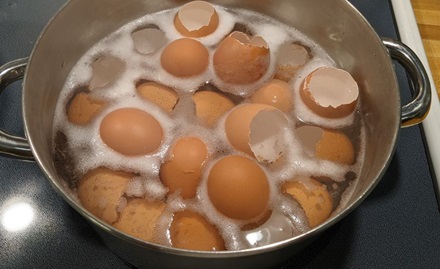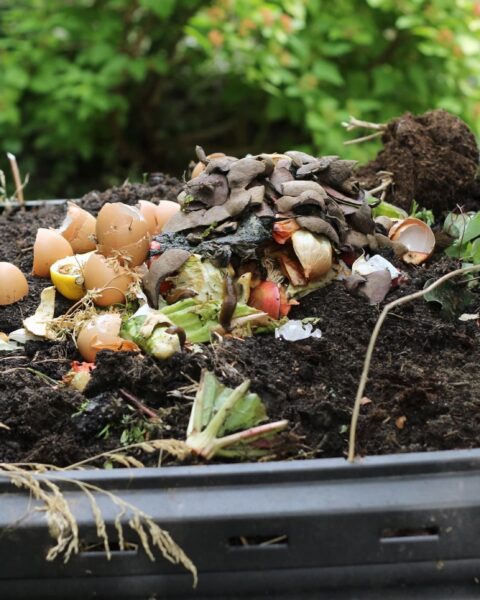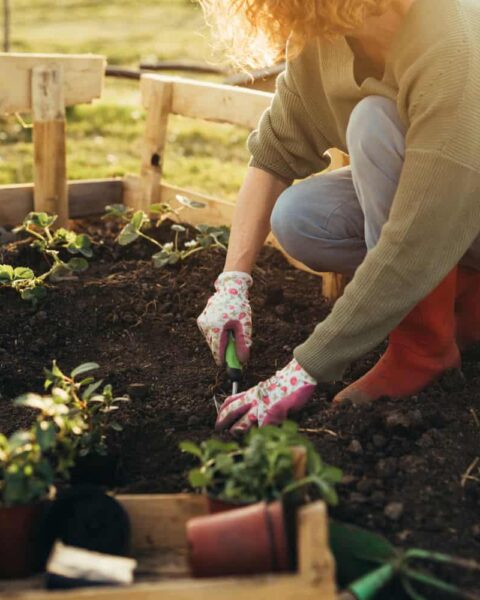Japanese maples (Acer palmatum) are renowned for their stunning foliage and graceful forms, making them prized additions to gardens worldwide. Among these, Acer atropurpureum, commonly known as Japanese red maple, stands out with its vibrant crimson leaves that captivate the eye throughout the seasons. Growing these ornamental trees in pots brings their beauty closer to home, offering an opportunity to cultivate these majestic specimens even in limited spaces. Here’s a comprehensive guide on how to nurture Japanese maple in pots, ensuring they thrive and grace your living space with their splendor.
- Selecting the Right Pot: Choosing an appropriate container is crucial for the health and growth of Japanese maple in pots. Opt for a pot that provides ample room for root development while allowing excess water to drain freely. A container with drainage holes at the bottom prevents waterlogging, which can lead to root rot. Additionally, consider the aesthetic aspect; select a pot that complements the beauty of the maple tree and enhances the overall appeal of your space.
- Soil Requirements: Japanese maples thrive in well-draining, slightly acidic soil. Use a high-quality potting mix formulated for acid-loving plants or create a custom blend by combining equal parts of peat moss, perlite, and pine bark. This soil mixture promotes healthy root growth and ensures proper moisture retention without becoming waterlogged.
- Planting Technique: When planting Japanese maple in a pot, ensure the root ball is level with the soil surface. Gently loosen the roots before planting to encourage outward growth. Fill the pot with the prepared soil mix, firming it around the roots to eliminate air pockets. Water the newly planted tree thoroughly to settle the soil and promote establishment.
- Sunlight and Location: Japanese maples prefer dappled sunlight or partial shade, especially during the hottest part of the day. Place the potted tree in a location where it receives morning sun and afternoon shade, protecting it from scorching sun and heat stress. Avoid placing the pot in areas with strong, direct sunlight, as it can lead to leaf burn and foliage damage.
- Watering Routine: Maintaining proper moisture levels is essential for the health of Japanese maple in pots. Water the tree regularly, keeping the soil consistently moist but not waterlogged. Check the soil moisture frequently, especially during hot, dry weather, and adjust the watering frequency accordingly. Mulching the soil surface helps retain moisture and regulates soil temperature.
- Fertilization: Japanese maples benefit from regular fertilization to support healthy growth and vibrant foliage. Apply a balanced, slow-release fertilizer formulated for acid-loving plants in spring, following the manufacturer’s instructions. Avoid over-fertilizing, as excessive nutrients can harm the tree and lead to foliage burn. Additionally, supplement with a liquid fertilizer during the growing season to provide a nutrient boost.
- Pruning and Maintenance: Regular pruning helps maintain the desired shape and size of Japanese maple in pots while promoting airflow and sunlight penetration. Remove any dead, damaged, or crossing branches using sharp, clean pruning shears. Additionally, thin out crowded areas to improve the tree’s overall appearance and vigor. Conduct pruning during the dormant season to minimize stress on the tree.
Conclusion: Cultivating Japanese maple in pots allows enthusiasts to enjoy the beauty of these exquisite trees in various settings, from patios and balconies to small gardens and urban spaces. By following the guidelines outlined above and providing the necessary care, you can nurture a thriving Japanese maple that adds elegance and charm to your home environment. With proper attention to soil, sunlight, water, and maintenance, your Acer atropurpureum will flourish, delighting you with its stunning foliage and graceful presence for years to come.





